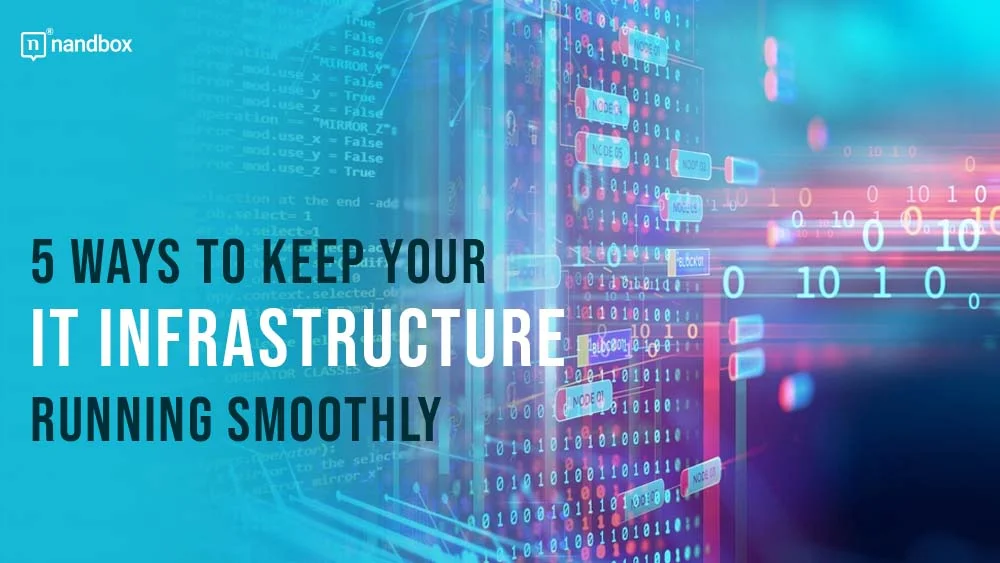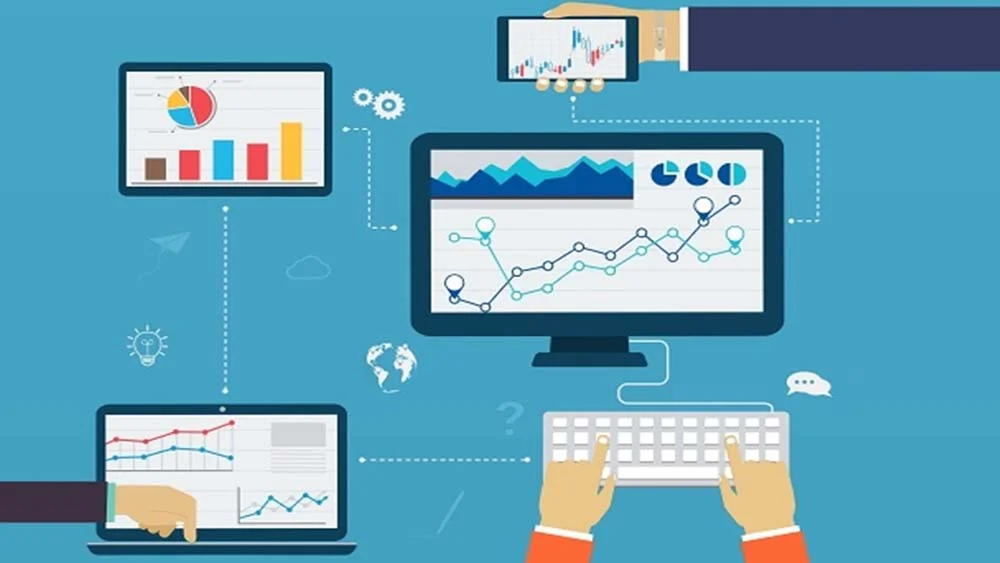In today’s rapidly evolving digital landscape, the significance of a resilient IT infrastructure for businesses cannot be overstated. Recent findings from a Spiceworks survey affirm this importance, with 66% of companies increasing their IT budgets for the upcoming year. This data underscores the growing recognition of the pivotal role that IT investment plays. Consequently, it is imperative for organizations to proactively embrace strategies that ensure the seamless operation of their IT infrastructure. In this article, we will delve into actionable steps to achieve a robust IT system.
Regular System Audits
Conducting regular system audits is a cornerstone of effective IT management. This is where IT general controls become crucial, as they assess the effectiveness and efficiency of your IT infrastructure. They ensure that your systems operate securely and reliably. During these audits, focus on evaluating key aspects of ITGC such as access control mechanisms, change management processes, and data security protocols.
Access controls ensure that only authorized personnel have access to sensitive systems and data, thereby mitigating risks of unauthorized access. Change management processes are essential for tracking and approving any alterations to your robust IT systems, ensuring that changes don’t introduce new vulnerabilities. Additionally, scrutinizing data security protocols helps assess the robustness of your data protection measures.
Furthermore, regular ITGC audits help in maintaining compliance with relevant regulations and standards. By identifying and rectifying any compliance gaps, you protect your organization from potential legal and financial repercussions. This process involves checking software for updates and patches, evaluating hardware conditions, and ensuring that your IT practices align with the latest regulatory requirements.
Implementing Proactive Maintenance
Proactive maintenance involves anticipating and resolving issues before they impact your operations. This approach is crucial in minimizing downtime and maintaining consistent service levels. To implement proactive maintenance, you should regularly update software, replace aging hardware, and monitor infrastructure performance. By staying ahead of maintenance needs, you can prevent many common IT issues from arising, ensuring a more stable and reliable IT environment.
Training and Support for IT Staff
Investing in the continuous development and support of your IT staff is crucial for managing your organization’s technological framework effectively. It’s important to create a dynamic environment that not only focuses on equipping the staff with current technical knowledge but also nurtures their ability to adapt to emerging trends and methodologies. This approach involves integrating a culture of innovation where teamwork, creative problem-solving, and an openness to new ideas are highly encouraged.
Regular feedback and performance evaluations are key to identifying and addressing specific training or skill enhancement needs of team members. Customized development plans ensure that every staff member is not only proficient in existing technologies but also aligned with the evolving objectives and challenges of the organization.
Furthermore, incorporating a mentorship program and encouraging peer-to-peer learning can significantly enhance the culture of knowledge sharing and collaboration. Such initiatives not only develop individual skill sets but also reinforce the collective expertise of your IT team. By fostering a workplace that values continuous learning and adaptability, you can build a robust, forward-thinking IT team that is well-prepared to support and advance your organization’s IT infrastructure.
Developing a Disaster Recovery Plan
No IT infrastructure is immune to disasters, whether natural or artificial. That’s why having a comprehensive disaster recovery plan is essential. This plan should include procedures for data recovery, system restoration, and maintaining business continuity. Regularly update and test your disaster recovery plan to ensure it’s effective and that your team is prepared to execute it under pressure.
Monitoring and Performance Optimization
Vigilant monitoring and performance optimization are critical for a robust IT system. These elements are not just beneficial; they sustain the efficiency and dependability of your IT ecosystem.
Using specialized system monitoring tools, you can gain real-time insights into your IT infrastructure’s performance. These tools watch over system health, performance metrics, and vulnerabilities that may lurk in the shadows. With this proactive approach, issues are unearthed and resolved with a swiftness that often precedes any impact on end-users.
However, monitoring is an enduring commitment. The regular scrutiny of performance data yields invaluable insights, unveiling trends and discovering potential bottlenecks hidden within your infrastructure. Armed with this profound understanding, you can embark on a strategic journey to optimize systems, ensuring they harmoniously align with the evolving needs of your organization.
In addition, performance optimization surpasses fine-tuning; it prepares your IT environment to adapt to changing needs and challenges. This enhances efficiency and strengthens your ability to navigate evolving technology trends.
Conclusion
In a digital era where IT investment is on the rise, maintaining a resilient IT infrastructure is paramount. Regular system audits, IT general controls, proactive maintenance, staff training, vigilant monitoring, and a robust disaster recovery plan are key strategies to ensure operational smoothness. These strategies safeguard your organization’s future success, ensuring that you are well-prepared to thrive in a constantly changing technological environment.





